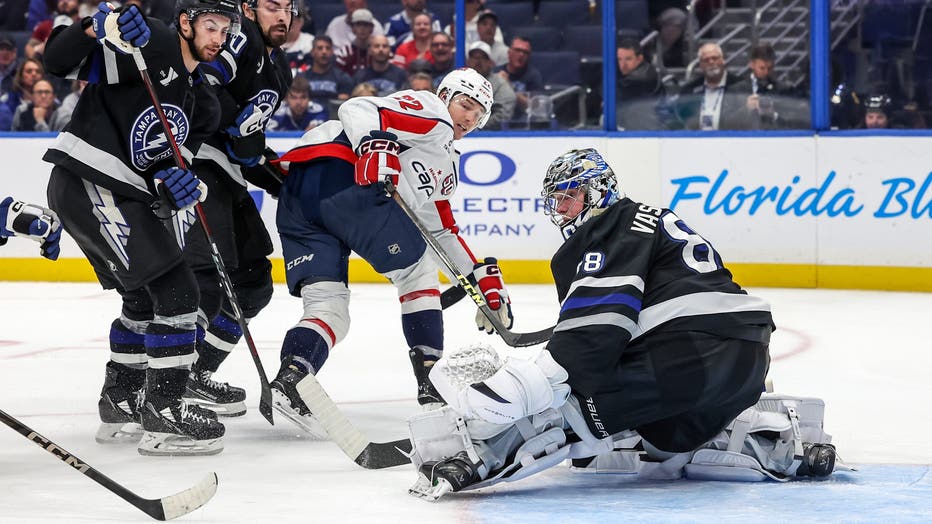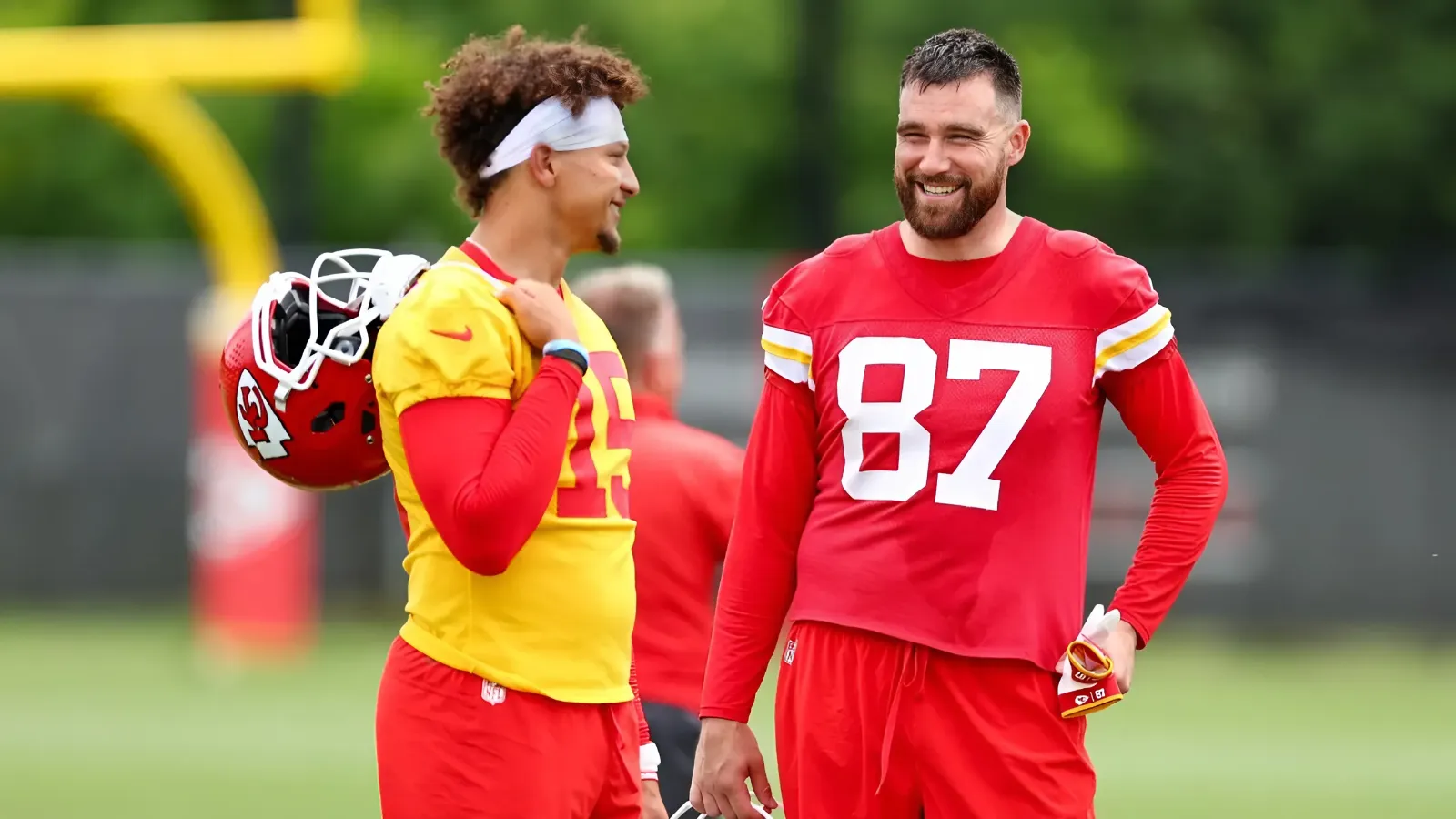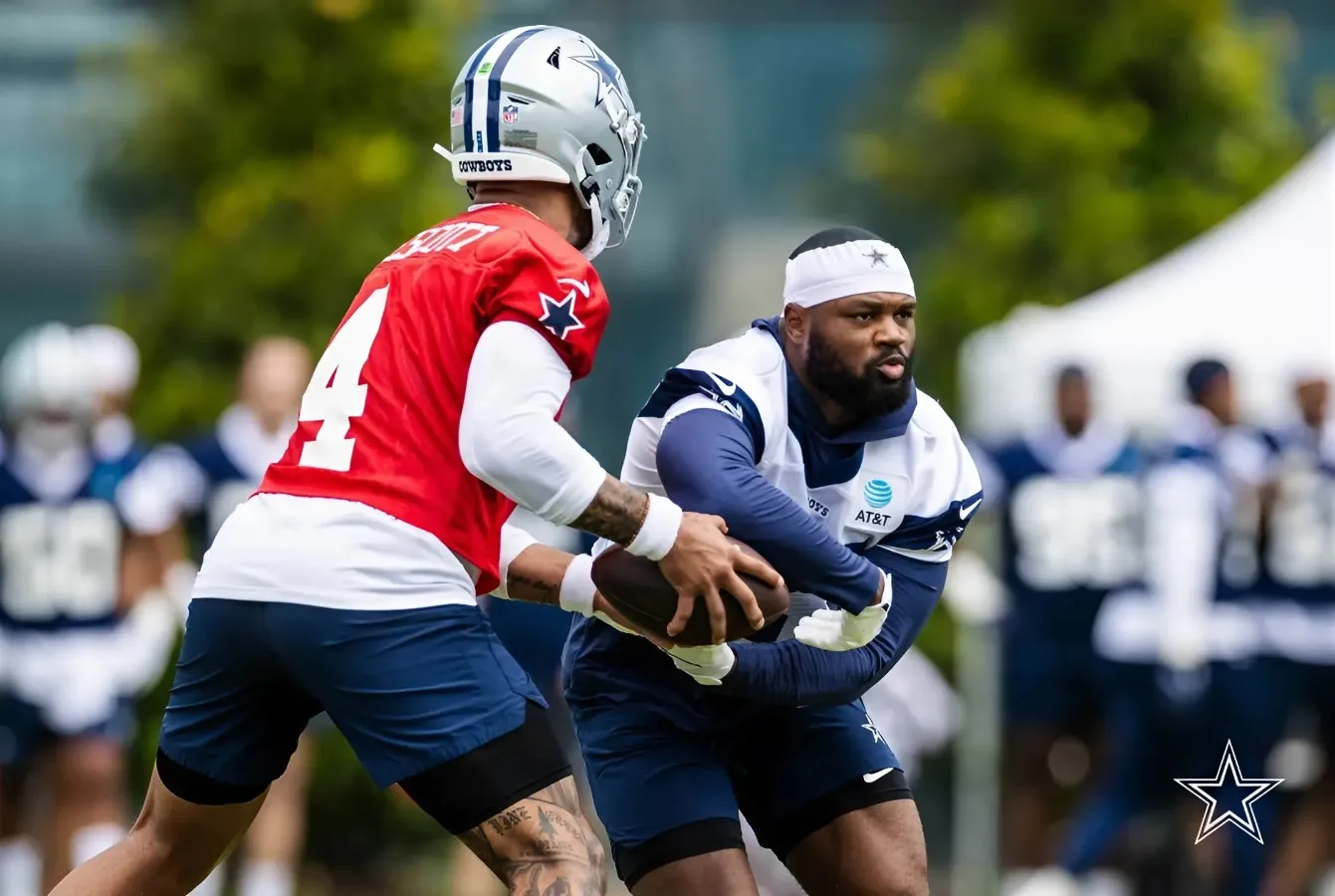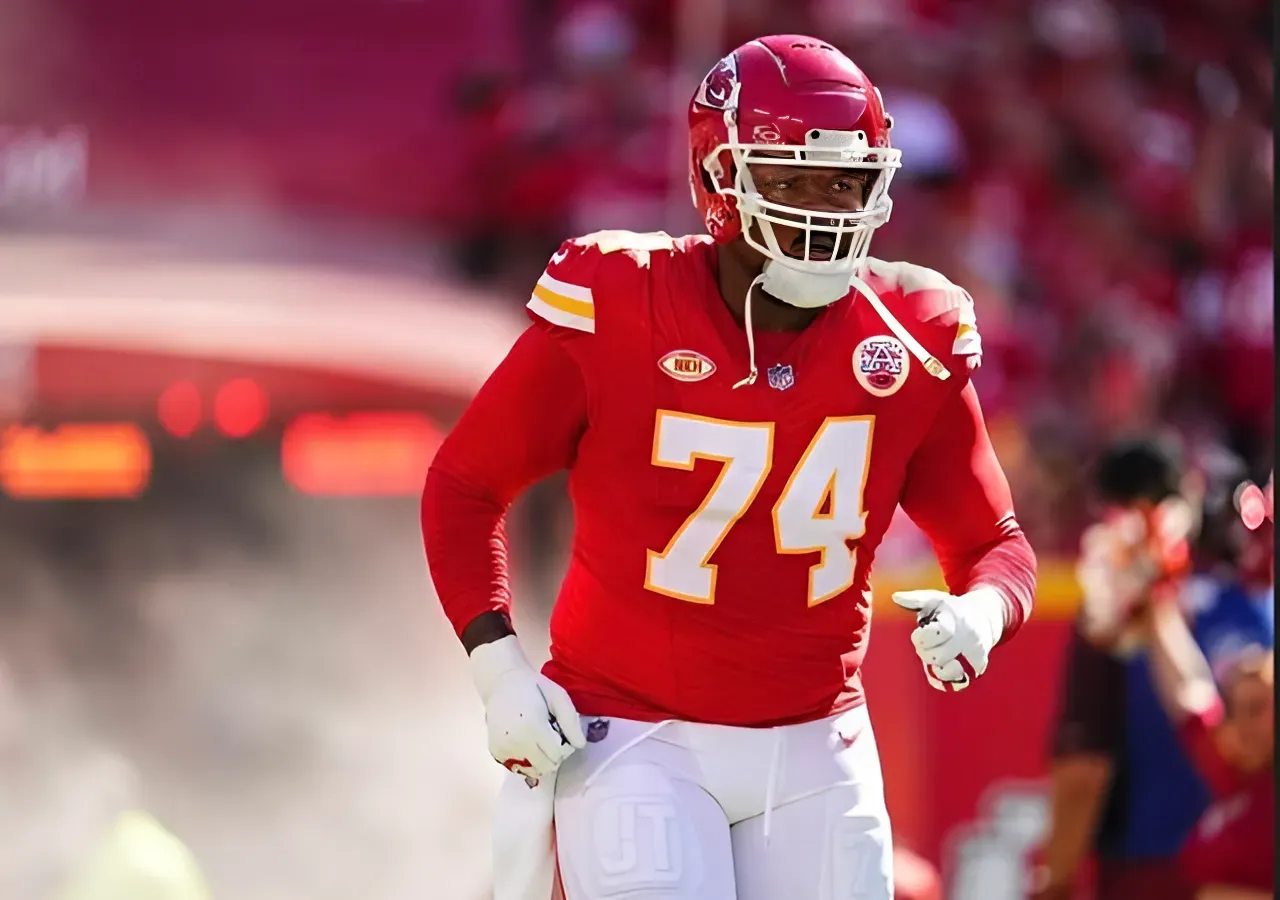As goes Andrei Vasilevskiy, so go the playoff chances for the Tampa Bay Lightning. Look, we don’t like it any more than anyone else, but those are the rules. No matter how many points Nikita Kucherov puts up (and ESPN has him on pace for 135 this year) or how many goals Brayden Point scores (47 per ESPN’s projections) it will always come down to the play of the man in net. So, through 14 Tampa Bay Lightning games, how are things looking for The Big Cat?

Well, just like the team in front of him, October was really good, and November hasn’t been great. His splits also follow the team’s in regards to his performance at home and on the road. Simply put, he’s been really, really good at home, and below average on the road. He’s played in the same amount of games at Amalie as he has away, although his number of minutes are slightly skewed due to the Toronto game where he was pulled early.
Let’s take a look at some numbers and then go from there.
| Home | Away | |
| Record | 4-1-1 | 2-4-0 |
| Save Percentage | .941 | .872 |
| Goals Against | 1.67 | 3.00 |
| Expected Goals Against | 2.56 | 2.80 |
| Goals Saved Above Expected (Total) | 5.35 | -1.18 |
| Shots Against per Game | 28.17 | 23.5 |
| High Danger Chances Against (Per Game) | 10.83 | 10.83 |
| Scoring Chances Against (Per Game) | 24.5 | 27.67 |
As you can see, his home splits are inline with what is expected from an elite goaltender. He’s preventing more goals than expected while facing more shots against, and that’s led to a 4-1-1 record for him on home ice. It’s not surprising to see him face more shots at home. With the Lightning leading in the majority of the games, score effects would have the opponents peppering him with more shots toward the end of the game. Conversely, with the Bolts trailing in the majority of the road games he’s started, their end of the game push would come with him out of the net.
It is interesting to see that the team in front of him is allowing the same amount of high-danger chances on both the road and at home, especially with the overall scoring chances being slightly higher on the road. So, the Bolts are holding their own in the dangerous areas, but if we drill down on Vasy’s save percentage, we’ll notice that his high-danger save percentage dips from .865 at home to .750 on the road. Most of that is at 5v5 play as well as his home HDSV% is at .897 while his road number is at .788.
In short, he’s not been able to bail his team out on the road by making as many tough saves as he does at home. He’s also struggled a bit on what Natural Stat Trick defines as middle-danger shots. At home, they have him ranked second with a .971 SV% on those shots, while he sees that number plummet to .875 on the road, which drops him to ninth.
At the same time, his teammates aren’t bailing him out in any venue. There are going to be nights where the goalie is off, and the Lightning should have enough offensive firepower to bail him out (heck, they did it for Jonas Johansson against New Jersey). Unfortunately, if Vasy has a bad game this year, the Lightning lose. It’s as simple as that. By looking at his Goals Saves Above Expected, there is only one game this year were he posted a negative number and the Lightning won – the 4-3 win against Vegas where he posted a -1.17 GSAx, allowing 3 goals on 25 shots.
On the flip side, he stole a point against Philadelphia when he posted a 1.8 GSAx in the 2-1 shootout loss, and one could argue he stole two points in the shutout win against Washington where he had his best game of the season with 32 saves and a 2.9 GSAx. It goes without saying that both of those games were at home.
Taken as a whole, Vasilevskiy is having a better season than last year. His .910 save percentage is well above the league average of .900. His 2.41 Goals Against Average is a half-goal below the league average as well. Evolving Hockey has him 16th in the league with a 4.17 GSAx as well. So he’s been good, but not quite elite yet. In seasons past we have seen him really lock things in roughly 15-20 starts into the season, and he’s getting close to that point right now, so it wouldn’t be shocking to see him go on one of his runs where he strings 8 or 9 wins together.
One thing to monitor as the season goes on will be his usage. For the last two seasons, Coach Cooper has talked about finding the right balance between keeping Vasilevskiy engaged, and getting him the rest he needs in order to stay healthy for a long season. Right now, Evolving Hockey has him 6th in minutes played in the league. Part of that is due to the fact that he was pulled after a period-and-a-half against Toronto. Add those 30 minutes to his total and he is tied with Connor Hellebuyck for the second most minutes in the league behind Jusse Saros.
Expect to see a lot of Vasilevskiy in net for the next few months. In November and December there are only two back-to-backs, and there a couple of two-day breaks scattered throughout. January will be a grind, but Vasy is going to get a two-week break when the league shuts down in February for the 4 Nations Face-off. That’s a nice little silver lining with Russia not being eligible for the tournament.
It’ll be wall-to-wall games from the end of February through April, so following the break, it’s likely we’ll see more of Johansson starting in net, especially if the Lightning are in the playoff hunt. They will need to make sure he’s not burned out by the time the postseason arrives.
For that to be a concern, Vasilevskiy and the rest of the team will have to pick up their play on the road. It hasn’t been a total trainwreck, but they need to improve and start picking up points away from Amalie Arena if they want to avoid a tight wildcard race.



